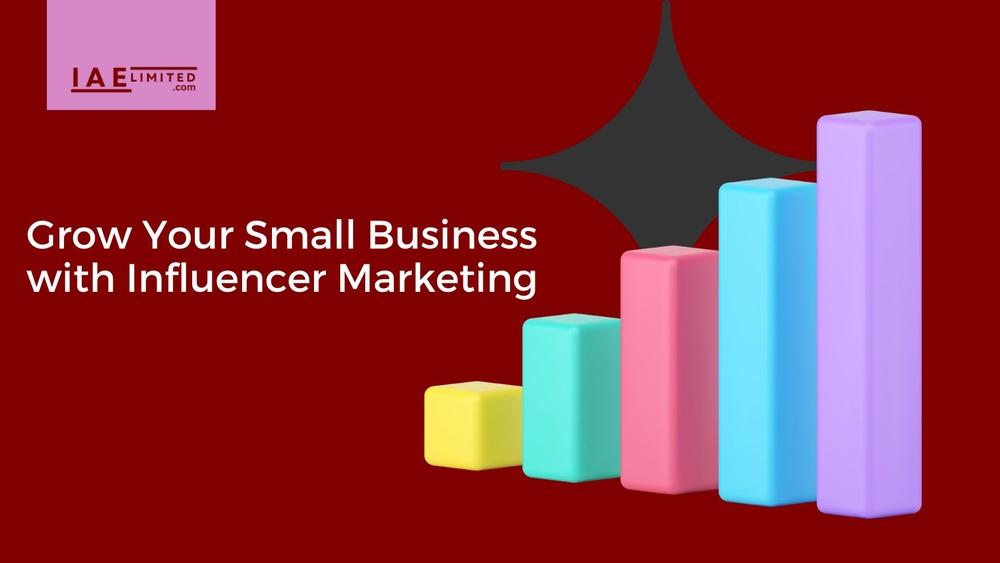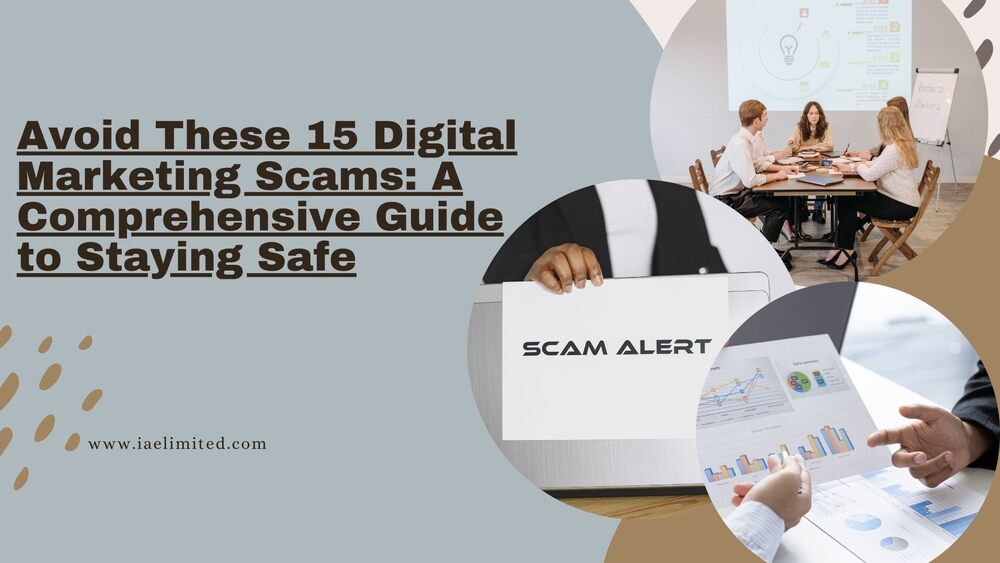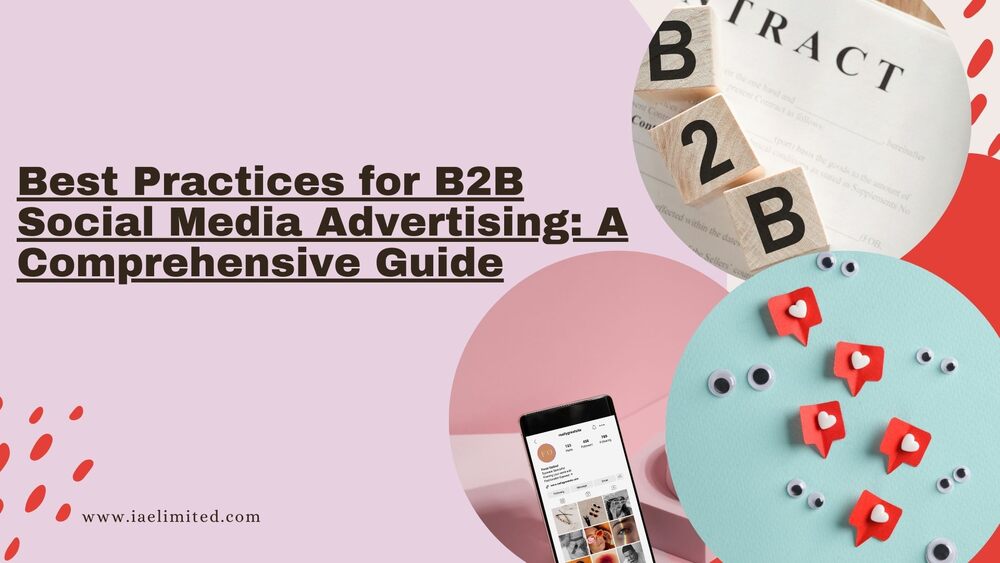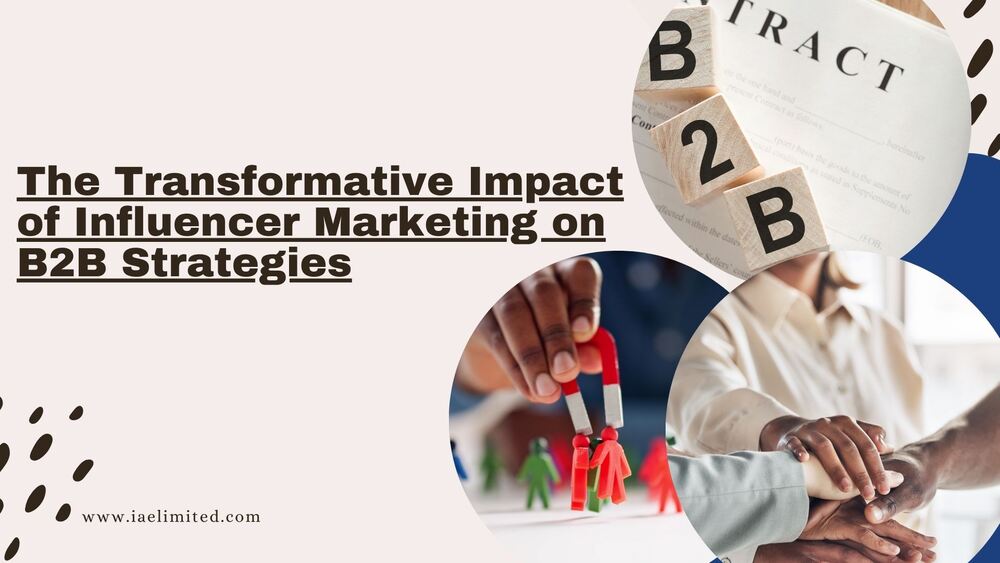Influencer Marketing: Grow Your Small Business with Influencer Marketing in 2024

In the world of digital marketing, influencer marketing has emerged as a powerful tool for small businesses looking to expand their reach and grow their brand.
In 2024, leveraging influencer marketing can be a game-changer for your business. Here’s a comprehensive guide to using influencer marketing effectively to boost your small business.
What is Influencer Marketing?
Table of Contents
Influencer marketing involves collaborating with individuals who have a significant following on social media or other digital platforms. These influencers use their reach and credibility to promote products or services to their audience.
This form of marketing has evolved over time, adapting to changes in technology and consumer behavior.
Why Influencer Marketing Matters in 2024
In 2024, influencer marketing is more relevant than ever. Social media platforms continue to grow, and consumers increasingly trust recommendations from influencers over traditional ads. Here’s why influencer marketing is crucial:
- Growing Social Media Influence: Social media platforms like Instagram, TikTok, and YouTube have massive user bases. Influencers on these platforms can reach large, targeted audiences effectively.
- Changing Consumer Behavior: Today’s consumers prefer authentic recommendations over generic advertisements. Influencers provide a personal touch that can resonate more deeply with audiences.
The Fundamentals of Influencer Marketing
Types of Influencers
Understanding the different types of influencers helps you choose the right ones for your campaign:
- Mega-Influencers: Celebrities with millions of followers. They offer massive reach but can be costly.
- Macro-Influencers: Influencers with hundreds of thousands of followers. They are more affordable than mega-influencers and still provide substantial reach.
- Micro-Influencers: Individuals with tens of thousands of followers. They have highly engaged audiences and offer a more cost-effective option.
- Nano-Influencers: Influencers with a few thousand followers. They are very niche and have strong personal connections with their audience.
How Influencer Marketing Works
Influencer marketing works by having influencers create content that promotes your product or service. This content is then shared with their followers, increasing your brand’s visibility and credibility.
Setting Up an Influencer Marketing Strategy
Defining Your Goals and Objectives
Before launching a campaign, set clear goals:
- Brand Awareness: Increase your brand’s visibility and recognition.
- Lead Generation: Attract potential customers who show interest in your products or services.
- Sales and Conversions: Drive sales and achieve measurable conversions.
Identifying Your Target Audience
Understand who you want to reach:
- Demographic Analysis: Consider factors like age, gender, and location.
- Psychographic Profiling: Look at interests, values, and lifestyle.
Choosing the Right Influencers
Select influencers who align with your brand:
- Research and Selection Criteria: Evaluate their content, audience engagement, and relevance.
- Aligning with Brand Values: Ensure their values match your brand’s image.
Developing Your Influencer Campaign
Crafting a Compelling Campaign Brief
Create a detailed brief for influencers:
- Key Elements to Include: Objectives, deliverables, and deadlines.
- Setting Clear Expectations: Define what you want from the campaign.
Types of Influencer Content
Consider different content formats:
- Sponsored Posts: Paid content where influencers promote your product.
- Product Reviews: Detailed feedback and recommendations.
- Giveaways and Contests: Engaging activities to boost interaction.
- Affiliate Marketing: Influencers earn a commission for sales generated through their referrals.
Budgeting for Influencer Marketing
Understanding Costs
Budget for various expenses:
- Influencer Fees: Payment for their services.
- Additional Expenses: Costs like content production and advertising.
Maximizing ROI
Ensure you get value for your money:
- Measuring Cost-Effectiveness: Analyze the return on your investment.
- Negotiating with Influencers: Get the best deal while maintaining quality.
Implementing Your Influencer Marketing Campaign
Outreach and Collaboration
Reach out to influencers and build partnerships:
- Approaching Influencers: Contact them professionally and clearly state your proposal.
- Building and Maintaining Relationships: Foster a positive working relationship for long-term success.
Managing Campaign Execution
Oversee the campaign’s progress:
- Content Approval Processes: Review content before it’s published.
- Timelines and Deliverables: Ensure all deadlines are met.
Measuring Success and ROI
Key Performance Indicators (KPIs)
Track important metrics:
- Engagement Metrics: Likes, comments, shares, and views.
- Conversion Tracking: Monitor actions taken by users after interacting with influencer content.
- Return on Investment (ROI): Calculate the financial return compared to the campaign costs.
Analyzing Campaign Results
Use tools and techniques to evaluate performance:
- Tools and Techniques for Measurement: Use analytics platforms to gather data.
- Learning from Data and Insights: Adjust future strategies based on what worked and what didn’t.
Best Practices and Tips
Ensuring Authenticity and Transparency
Maintain trust with your audience:
- Disclosure Requirements: Adhere to guidelines for sponsored content.
- Avoiding Common Pitfalls: Steer clear of practices that can damage credibility.
Leveraging User-Generated Content
Encourage and utilize content from your audience:
- Encouraging Followers to Create Content: Inspire your customers to share their experiences.
- Reusing and Repurposing Content: Share user-generated content to boost engagement.
Case Studies and Examples
Successful Influencer Marketing Campaigns
Learn from real-life examples:
- Case Study 1: Small Business A’s successful campaign overview.
- Case Study 2: Small Business B’s approach and results.
Lessons Learned from Failures
Understand what to avoid:
- Common Mistakes: Identify and learn from past errors.
- Strategies for Improvement: Implement solutions to overcome challenges.
Future Trends in Influencer Marketing
Emerging Influencer Trends for 2024
Stay ahead of the curve:
- Rise of New Social Platforms: Explore new platforms gaining popularity.
- Changing Influencer Demographics: Adapt to shifts in influencer profiles.
Preparing for the Future
Plan for continued success:
- Adapting Your Strategy: Evolve your approach to keep up with trends.
Frequently Asked Questions (FAQs)
- How do I find the right influencer for my brand?
Look for influencers who align with your brand’s values and audience. - What is the typical cost of influencer marketing?
Costs vary based on influencer type, campaign scope, and content requirements. - How do I measure the success of an influencer campaign?
Track engagement, conversions, and ROI using analytics tools. - What are common mistakes to avoid in influencer marketing?
Avoid choosing influencers without proper alignment and failing to set clear objectives. - How can small businesses compete with larger brands in influencer marketing?
Focus on micro and nano-influencers for a more targeted and cost-effective approach.
Conclusion
Influencer marketing offers small businesses a powerful way to reach new audiences and drive growth. By understanding the fundamentals, setting clear goals, and executing a well-planned strategy, you can harness the potential of influencers to enhance your brand’s presence in 2024.
In case you missed it, we recently published a post on, Best NFT Marketplaces of 2024.





